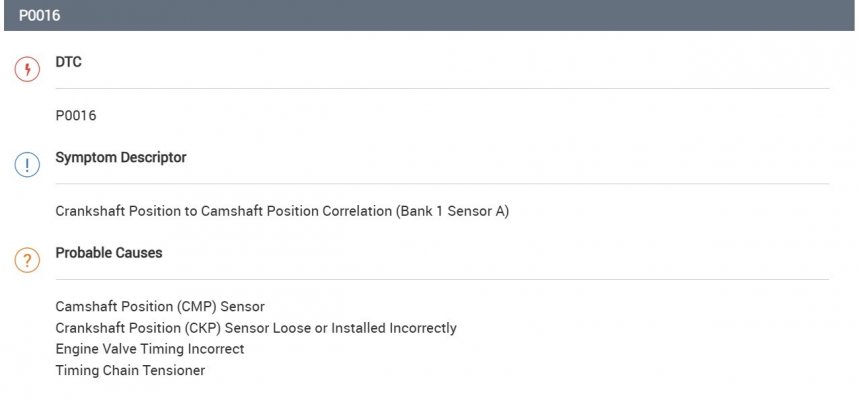Was going to note after steering input the engine dies. I believe these vehicles have electrical steering assist, not hydralic or belt driven.
The ECM will load shed when Voltage gets low or will kill fuel/spark if the Voltage gets too high to protect modules from damage. I think the upper threshold is around 18-19 Volts.
I would suggest before going too much further is to get a decent Voltmeter (Fluke 86/87 or something decent quality with fast reaction time) with a Max and Min hold and connect to the battery first and start and run the engine and see if you can get the engine to die using the steering and not the Max/Min Voltages.
Then the next test would be to try at the output of the alternator and do the same thing. If the dealer tech has an OBDII power adapter, this might be a good place to also test Voltage behavior. You can also set up an OBDII tool to monitor the Module Voltage as well. Unfortunately the OBDII Module Voltage PID may be too slow to catch a fast reacting behavior, but it worth looking at.
Another thing just for kicks would be to load the alternator/electrical system heavily to see what happens. Heated seats and steering wheel, rear window defogger, HVAC fan on high, high beam headlights. Do these cause the engine to die, or conversely do they allow the engine not to die?
The other option is if you think the problem is steering related, pull the electric steering fuse but then turn the steering wheel to determine if the problem may be more mechanical or not related to the steering assist current draw. I do not know if these vehicles have a steering angle sensor, maybe something crazy going on there as well if there is a steering angle sensor??
Unsure if a module(s) get spiked something may protect it like a thermal fuse or for some reason the Voltage regulator is getting shorted and even while cranking the alaternator is putting out too much Voltage?
Bad connection, loose ground, too much Voltage drop could be playing into this.
Just some ideas toosed out there to make folks think outside the box a bit.
Good luck!
The ECM will load shed when Voltage gets low or will kill fuel/spark if the Voltage gets too high to protect modules from damage. I think the upper threshold is around 18-19 Volts.
I would suggest before going too much further is to get a decent Voltmeter (Fluke 86/87 or something decent quality with fast reaction time) with a Max and Min hold and connect to the battery first and start and run the engine and see if you can get the engine to die using the steering and not the Max/Min Voltages.
Then the next test would be to try at the output of the alternator and do the same thing. If the dealer tech has an OBDII power adapter, this might be a good place to also test Voltage behavior. You can also set up an OBDII tool to monitor the Module Voltage as well. Unfortunately the OBDII Module Voltage PID may be too slow to catch a fast reacting behavior, but it worth looking at.
Another thing just for kicks would be to load the alternator/electrical system heavily to see what happens. Heated seats and steering wheel, rear window defogger, HVAC fan on high, high beam headlights. Do these cause the engine to die, or conversely do they allow the engine not to die?
The other option is if you think the problem is steering related, pull the electric steering fuse but then turn the steering wheel to determine if the problem may be more mechanical or not related to the steering assist current draw. I do not know if these vehicles have a steering angle sensor, maybe something crazy going on there as well if there is a steering angle sensor??
Unsure if a module(s) get spiked something may protect it like a thermal fuse or for some reason the Voltage regulator is getting shorted and even while cranking the alaternator is putting out too much Voltage?
Bad connection, loose ground, too much Voltage drop could be playing into this.
Just some ideas toosed out there to make folks think outside the box a bit.
Good luck!

